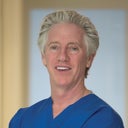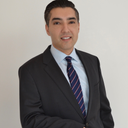Posted underUltherapy q&a
Which one is the better treatment for wrinkles, age spots and large pores, Ultherapy vs. Thermage?
Answers (12)
From board-certified doctors and trusted medical professionals

Dr. Ron Shelton, MD
Dermatologic Surgeon, Board Certified in Dermatology
Answer

Dr. John J. Martin, Jr., MD
Oculoplastic Surgeon, Board Certified in Ophthalmology
Answer
Dr. Jerome Potozkin, MD
Dermatologic Surgeon, Board Certified in Dermatology
Answer
Dr. Joseph A. Eviatar, MD, FACS
Oculoplastic Surgeon, Board Certified in Ophthalmology
Answer
More Ultherapy Questions
See all Ultherapy Q&AWE SEND PRETTY
EMAILS
What’s trending? Who’s turning heads? Which TikTok myths need busting? We’ve got you. No fluff, no gatekeeping—just real talk. Get our free, unfiltered newsletter.


